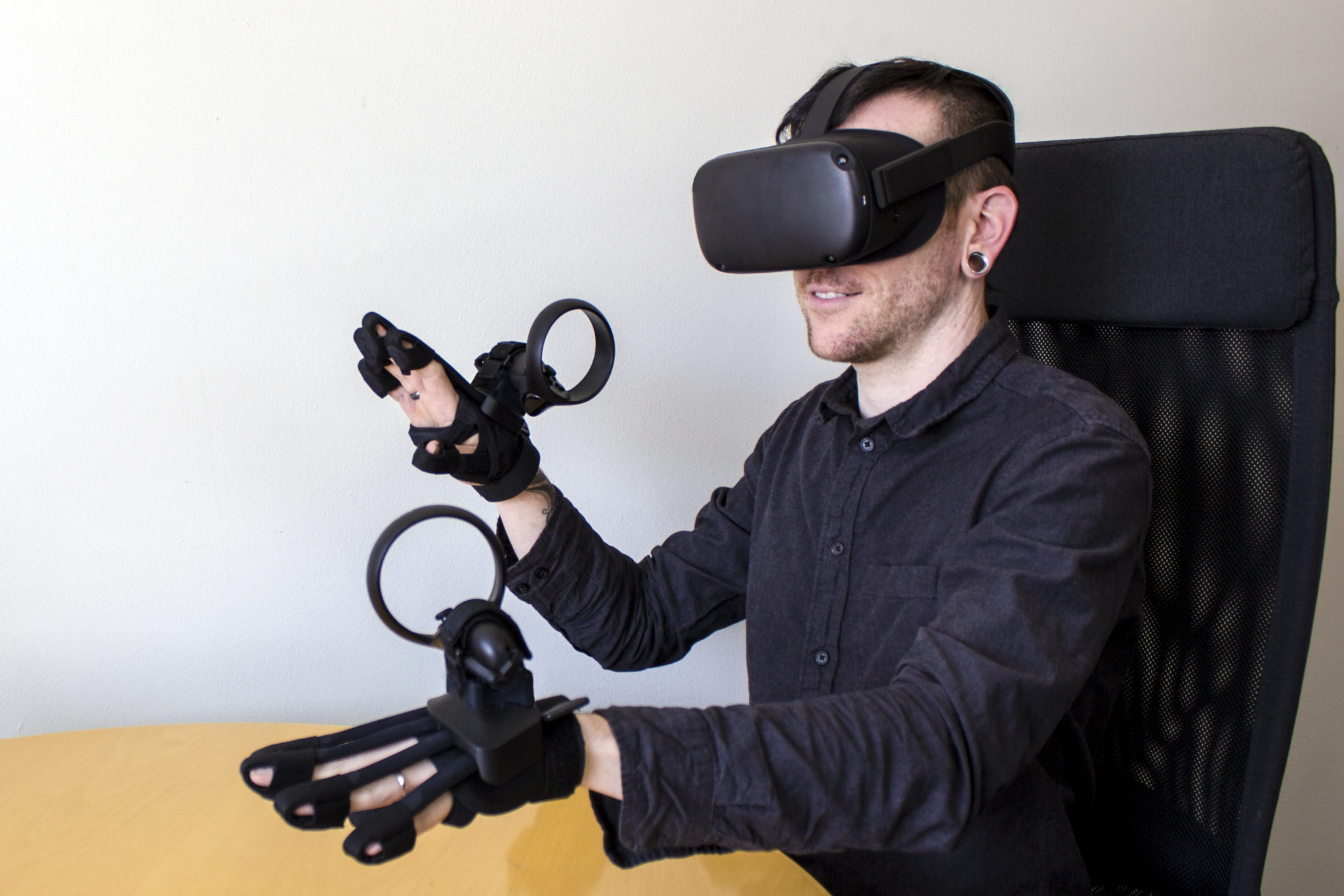
The obstacles that robots face when they are trying to work in the real world are many and varied. Out-of-range sensors, limited battery life, and difficulty following a moving target come to mind as some primary problems. In the past, robots have overcome these challenges with special efforts and clever tricks. With the help of a new neural network, however, researchers at BeBop Sensors have developed a new way to give robots better control over their environment.
BeBop Sensors has developed a neural network that allows robots to sense their environment with a much higher degree of fidelity. Rather than relying on pre-programmed movement and static responses, the new neural network allows robots to adapt to the ever-changing world. The neural network is designed to mimic natural learning behavior and provide robots with a more flexible way of interacting with their surroundings. The neural network can even be used on more complex systems, like quadrotors. The new neural network allows robots to adapt to their environment in real-time. This is accomplished by crafting the learning process with two separate neural networks that work together to provide the robot with vision and control functionality.
The system is comprised of two parts: a computer that can give spatial and rotational calculations to the robot and an electronic sensor that can provide data about material density. Combined, these two systems give the robot a new sense of touch. When the sensor identifies an object, it sends that information to a computer which can take over control of the robot’s sense of touch. The computer then notes the size and shape of the object and calculates where to move next. The sensor is so sensitive that it can tell if an object has a flat or curved surface. This allows for multiple types of data to be gathered at any one time with one device.
Dil Bole Oberoi





